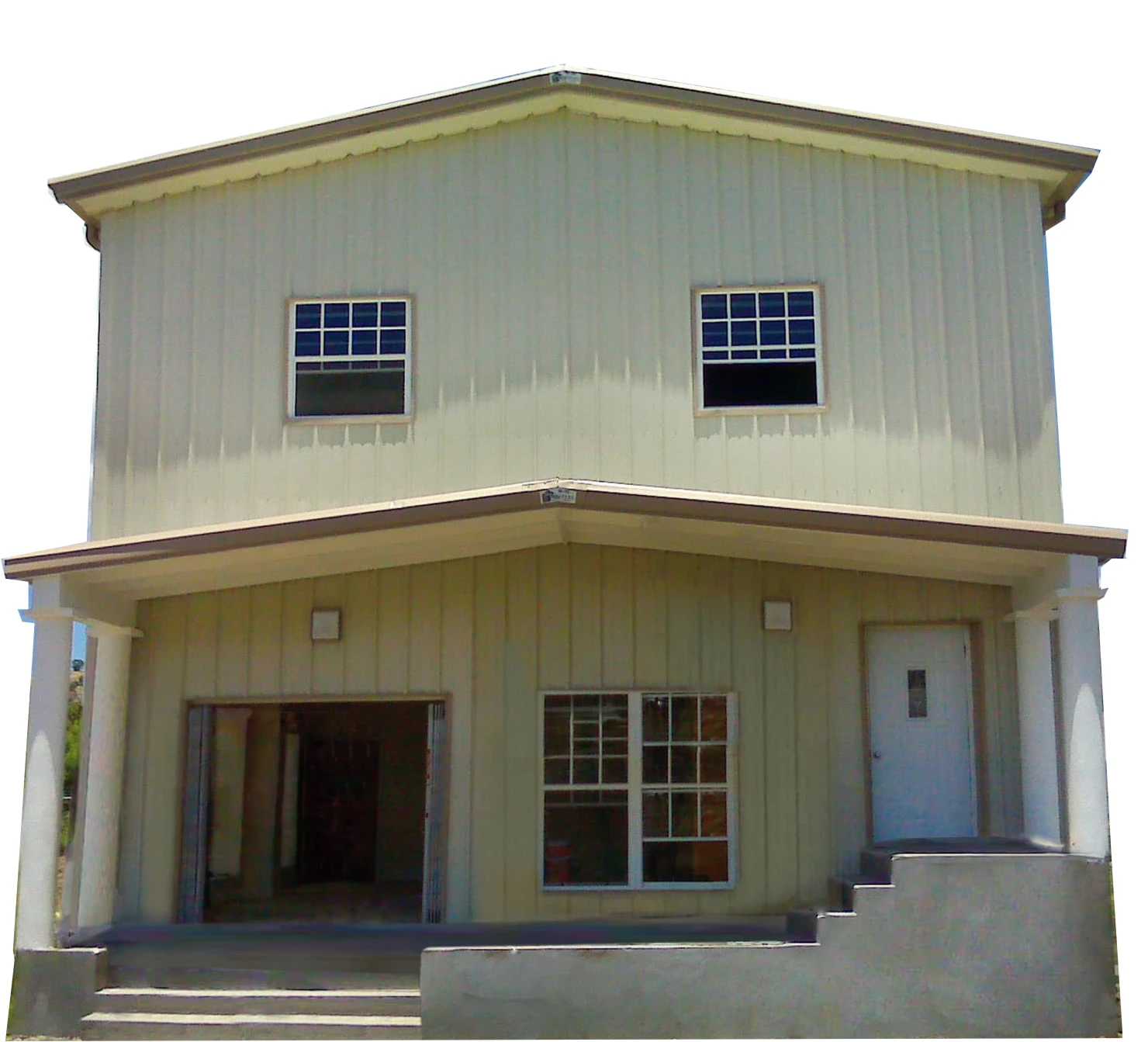- Afrikaans
- Albanian
- Amharic
- Arabic
- Armenian
- Azerbaijani
- Basque
- Belarusian
- Bengali
- Bosnian
- Bulgarian
- Catalan
- Cebuano
- Corsican
- Croatian
- Czech
- Danish
- Dutch
- English
- Esperanto
- Estonian
- Finnish
- French
- Frisian
- Galician
- Georgian
- German
- Greek
- Gujarati
- Haitian Creole
- hausa
- hawaiian
- Hebrew
- Hindi
- Miao
- Hungarian
- Icelandic
- igbo
- Indonesian
- irish
- Italian
- Japanese
- Javanese
- Kannada
- kazakh
- Khmer
- Rwandese
- Korean
- Kurdish
- Kyrgyz
- Lao
- Latin
- Latvian
- Lithuanian
- Luxembourgish
- Macedonian
- Malgashi
- Malay
- Malayalam
- Maltese
- Maori
- Marathi
- Mongolian
- Myanmar
- Nepali
- Norwegian
- Norwegian
- Occitan
- Pashto
- Persian
- Polish
- Portuguese
- Punjabi
- Romanian
- Russian
- Samoan
- Scottish Gaelic
- Serbian
- Sesotho
- Shona
- Sindhi
- Sinhala
- Slovak
- Slovenian
- Somali
- Spanish
- Sundanese
- Swahili
- Swedish
- Tagalog
- Tajik
- Tamil
- Tatar
- Telugu
- Thai
- Turkish
- Turkmen
- Ukrainian
- Urdu
- Uighur
- Uzbek
- Vietnamese
- Welsh
- Bantu
- Yiddish
- Yoruba
- Zulu
Nov . 30, 2024 02:47 Back to list
Steel Truss Design for Warehouses A Comprehensive Overview
The design of steel trusses has become a cornerstone in modern warehouse construction. This steel framework not only supports heavy loads but also offers flexibility and efficiency in space utilization. In this article, we will explore the essential aspects of steel truss design specifically tailored for warehouses, highlighting its advantages, design considerations, and best practices.
1. Introduction to Steel Trusses
Steel trusses are structural frameworks made from steel that consist of interconnected components forming triangular units. These structures distribute loads efficiently and provide stability, allowing for vast open spaces, making them ideal for warehouses. The innovative design allows warehouses to accommodate various operational tasks, from inventory storage to shipping activities, without the constraints of internal columns.
2. Advantages of Steel Trusses
One of the primary advantages of using steel trusses in warehouse construction is their ability to span large distances without requiring intermediate supports. This feature maximizes the usable floor space, which is crucial in a warehouse setting where high stacking of goods is common.
Additionally, steel has a high strength-to-weight ratio, contributing to lighter structures that are easier to transport and assemble. Steel trusses are also highly durable and resistant to environmental factors such as fire, pests, and rot, ensuring longevity and lower maintenance costs over time.
3. Design Considerations
Designing a steel truss for a warehouse involves several key considerations
- Load Calculations Accurate load calculations are paramount
. Trusses must be designed to support not only their own weight but also the load from stored goods, equipment, and potential snow or wind loads.- Span Lengths The length of the span affects the configuration of the truss. Longer spans may require reinforcement or specialized designs to maintain structural integrity. Typically, spans can range from 20 to 100 feet, depending on the specific needs of the warehouse.
steel truss design for warehouse

- Material Selection The choice of steel shapes and sizes influences the strength and weight of the trusses. Common options include I-beams, angle sections, and hollow sections. It's essential to select materials that align with both immediate structural needs and long-term maintenance goals.
- Connection Design The connections between truss members play a critical role in overall stability. Designers often employ various connection types, such as welded, bolted, or riveted joints. Each method has its advantages and implications for load transfer and flexibility.
- Building Codes and Standards Compliance with local building codes and standards is crucial. Designers must ensure that their truss designs meet the necessary safety and performance requirements set forth by regulatory bodies.
4. Best Practices for Steel Truss Design in Warehouses
- Utilize Advanced Software Implementing advanced design software can improve accuracy in load calculations, structural integrity assessments, and optimization of material use. Tools such as AutoCAD and Revit can facilitate detailed design and visualization.
- Collaborate with Structural Engineers Working closely with structural engineers can lead to a more efficient design process. Their expertise can provide insights into the latest methods and materials available for optimal results.
- Maintain Flexibility Given the dynamic nature of warehousing operations, it’s prudent to design trusses that allow for future modifications or expansions. Considering potential future loads or layout changes during the initial design phase can save time and costs later on.
- Sustainability Considerations With an increasing focus on sustainability, incorporating recycled materials or designing for disassembly can enhance the environmental profile of steel truss warehouses.
Conclusion
Steel truss design is an essential element of warehouse construction that supports efficient space utilization and enhances structural integrity. Understanding the advantages, considerations, and best practices involved in designing steel trusses can significantly impact the success and operational efficiency of a warehouse. As the logistics and warehousing industry continues to evolve, embracing innovative designs and materials will ensure that warehouses can adapt to the growing demands of commerce while remaining safe and efficient. This investment in well-designed steel trusses ultimately leads to enhanced productivity, sustainability, and cost savings in the long run.
-
How Do Prefabricated Steel Structures Transform Modern Construction?
NewsJul.14,2025
-
How Do Prefabricated Metal Buildings Redefine Modern Construction?
NewsJul.14,2025
-
How Do Prefab Insulated Metal Buildings and Steel Structures Revolutionize Modern Construction?
NewsJul.14,2025
-
How Do Pre - Engineered Steel Structures Redefine Modern Construction?
NewsJul.14,2025
-
Advancing Modular Construction with Prefabricated Metal Structures
NewsJul.14,2025
-
Advancing Industrial Infrastructure with Prefabricated Steel Solutions
NewsJul.14,2025
Products categories
Our Latest News
We have a professional design team and an excellent production and construction team.












